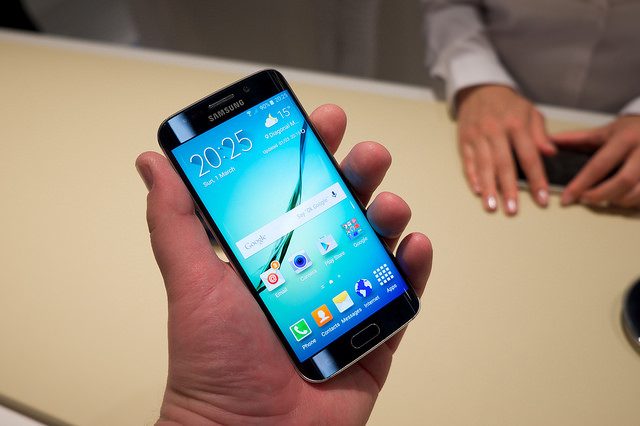Mobile coupons have become a powerful way for businesses to reach potential customers.
Just how effective is mobile couponing? While email campaigns traditionally have redemption rates of 2-4% on average, mobile campaigns tend to see redemption rates of 8-10% on average. With some campaigns even seeing redemption rates as high as 16% [Code Breaker]. According to eMarketer, 8 out of ten adult mobile coupon users in the U.S. will redeem a mobile coupon via their mobile device in 2015. They expect that number to rise to 9 out of ten by 2017.
You should considered adding mobile coupons to your iPhone app or Android app development project. Today, many retailers are seeing the benefits of implementing a mobile coupon strategy. Remember that while your customers may forget to grab your mailer, they won’t forget their smartphone.
 A successful mobile couponing strategy depends on several factors. What is the value of your offer? Have you created a sense of urgency to use this offer? etc. The quality of how you run your program can go a long ways determining the success, as strategies such as creating a sense of urgency can improve redemption rates significantly.
A successful mobile couponing strategy depends on several factors. What is the value of your offer? Have you created a sense of urgency to use this offer? etc. The quality of how you run your program can go a long ways determining the success, as strategies such as creating a sense of urgency can improve redemption rates significantly.
Remember you shouldn’t just blast out mobile coupons to everyone. To be successful, you need to make sure your coupons are targeted to the users interests. Leveraging your customers data and combining it with location data from users’ phones can create highly effective campaigns. Deliver a relevant offer when they’re near a store and redemption rates go up significantly. With mobile geo-targeting you can target an offer to your customers when they are within a three-mile or other radius of your store. This method has proven quite effective in bringing in customers.
Over the past few years we have several advances in the way mobile marketing campaigns are carried out. Look for the next wave to bring even increased precision to mobile couponing as beacons can deliver coupons to customer phones based on their location within your store. Is a customer by the fragrance counter in a department store? Imagine how effective a well created Lancôme coupon could be at this moment. Meanwhile another customer that is in housewares is getting a Cuisinart coupon at that same moment. Being able to improve the targeting of your program to the exact location of your store that a client is in drives redemption rates to even higher levels that mobile is already experiencing.
Photo: Kārlis Dambrāns (Flikr) http://bit.ly/1X3ir2V
comScore recently released a new report highlighting several key trends in the U.S. smartphone industry that companies considering developing mobile applications should consider.
Apple is ranked as the top smartphone manufacturer with 39% of the market share. Samsung follows in second place with a 23% of the market share, HTC is in third with 8.7%, Motorola follows with 7.8% and LG comes in with 6.7%.
Android continues to led as the top smartphone platform with 52% of the market share. Clearly neither of these platforms can be ignored when it comes to mobile application development.
The most interesting point from the new comScore report is the growth of the U.S. smartphone market itself. 141 million people in the U.S. alone now own smartphones (59% of the market, as of the end of May 2013). This number is up 6% since February 2013 making for some incredible growth numbers.
As smart phone screens get bigger with each generation of phones and as tablets are getting smaller with each generation, we are seeing the growth of a middle area product that tends to occupy the sweet spot between the two devices. We are also finding that for many businesses mobile applications developed specifically for phablets are an optimal solution given the extra screen space, portability and ease of use.
Samsung was the manufacturer that really set the stage with the Galaxy Note and just like their campaign for the Galaxy Note II says, its a “Phone? Tablet? Best of Both.” This is a spot in the market that appears to be growing and influential. Barclays predicts that phablet shipments will nearly double and get to around 228 million units by 2015.
The larger, high resolution displays on these devices are great for high powered mobile applications and yet offer portability that tablets don’t quite match as they are so easy to hold in one hand.
This portability makes mobile applications for business uses a perfect product to optimize for phablet usage. If you have business processes that relies on data entry such as questionnaires or inventory, etc, apps specifically developed for these devices are a perfect way to streamline your processes and work with a device that is ideal for the app and activity.